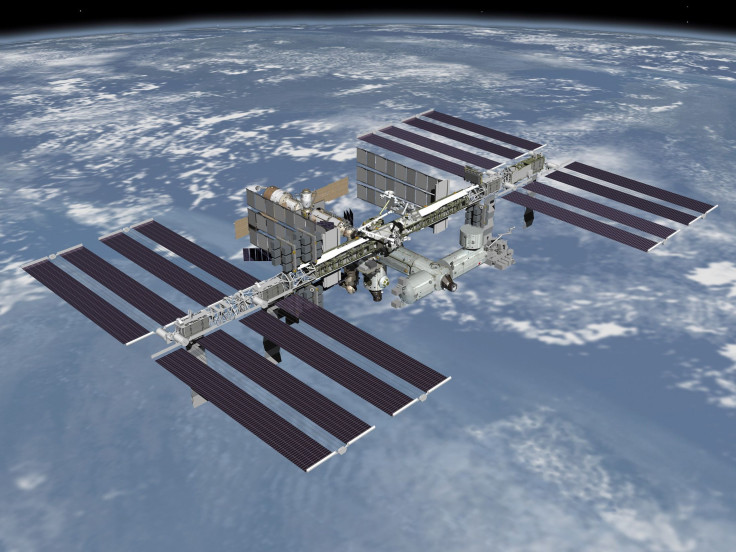NASA, Roscosmos To Sign New Soyuz Deal To Carry Astronauts To International Space Station

U.S. space agency NASA and Russia’s Roscosmos are planning to sign a deal for the use of Russia’s Soyuz spacecraft to transport American astronauts to the International Space Station (ISS) until 2018, according to a report by Sputnik News. NASA is currently paying Russia about $76 million for a round-trip seat to transport astronauts to the ISS.
“Roscosmos and NASA have signed an agreement on taking cosmonauts to the ISS for 2017. A similar agreement for 2018 is planned to be signed in the autumn of 2015,” Roscosmos reportedly said, adding that NASA was also mulling a contract with the Russian space agency to transport its crew back to Earth in 2019.
Since the end of the U.S. space shuttle program in 2011, Russia’s Soyuz rockets are the only means of transport for astronauts to and from the ISS. Companies like Boeing and SpaceX are currently attempting to develop commercial spaceships to start ferrying astronauts to and from the ISS by the end of 2017, which could end NASA’s dependence on Russia.
The ISS, which has been continuously inhabited since 2000, contains significant hardware contributions from Russia, the European Space Agency, and the Japanese Space Agency.
In January, the White House announced its plans to extend the ISS mission by four years to 2024. Last month, the decision was endorsed by Roscosmos. The Russian space agency also announced its plans to detach its modules after 2024 to create an all-Russian space station to “meet the challenges of providing secure space access to Russians.”
© Copyright IBTimes 2024. All rights reserved.












